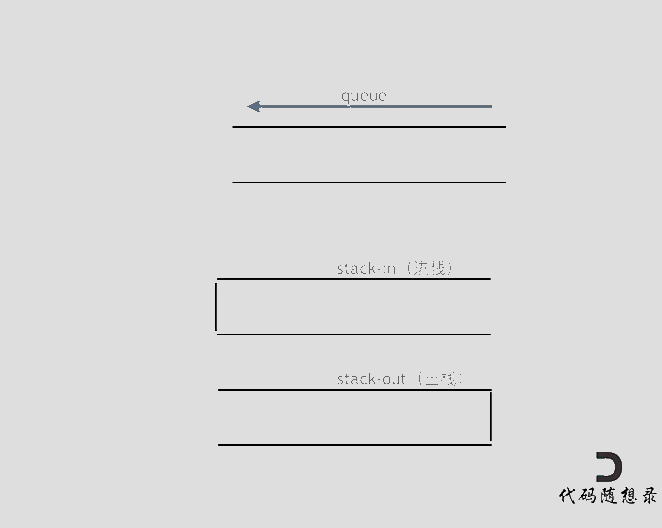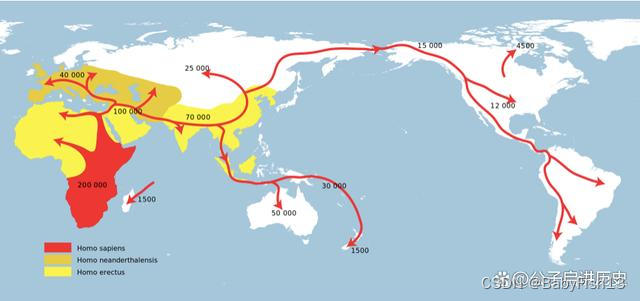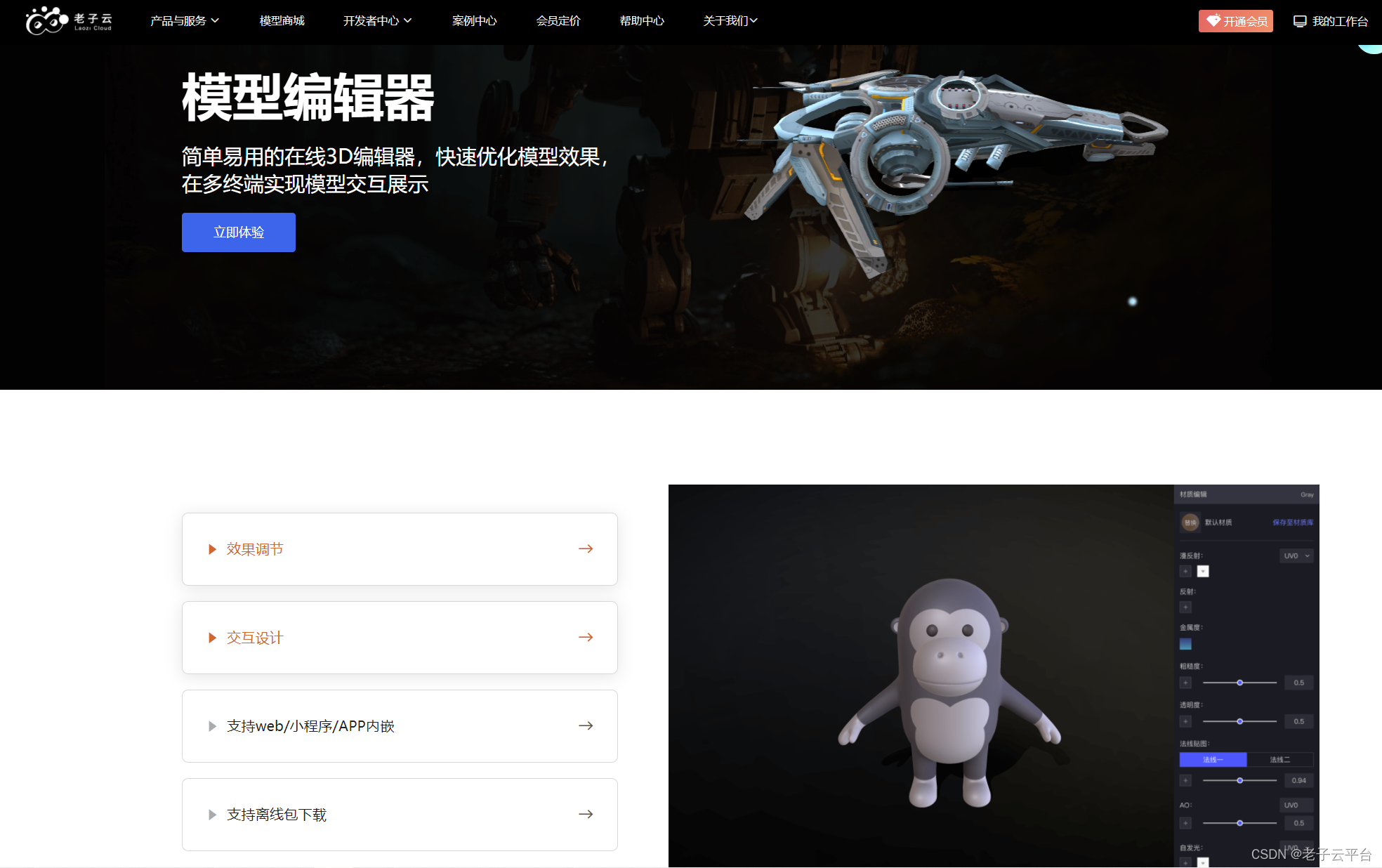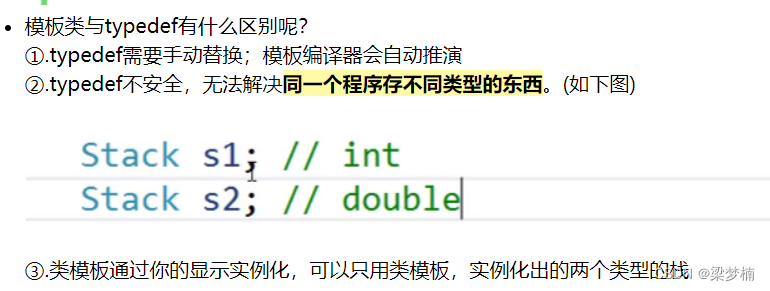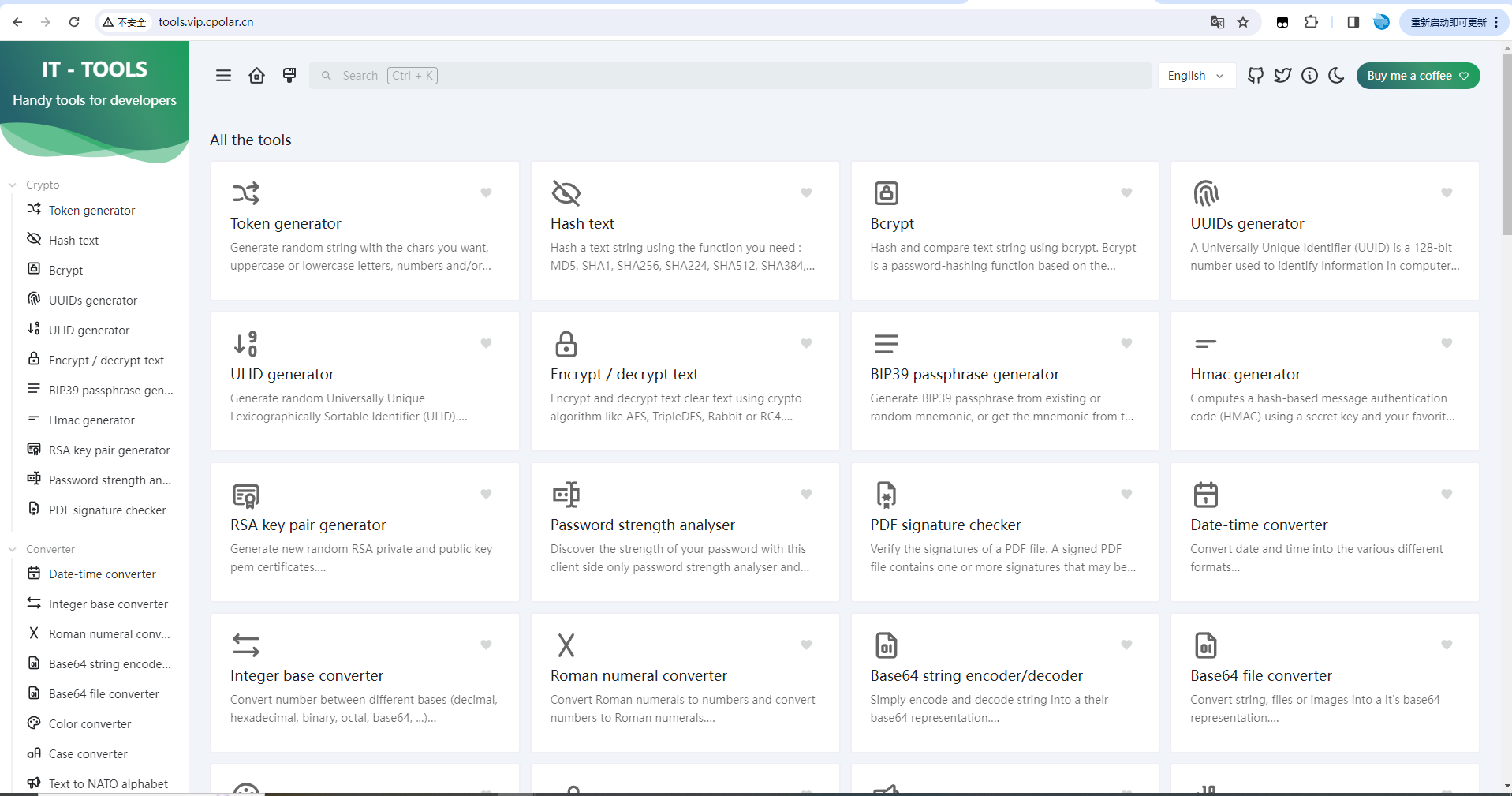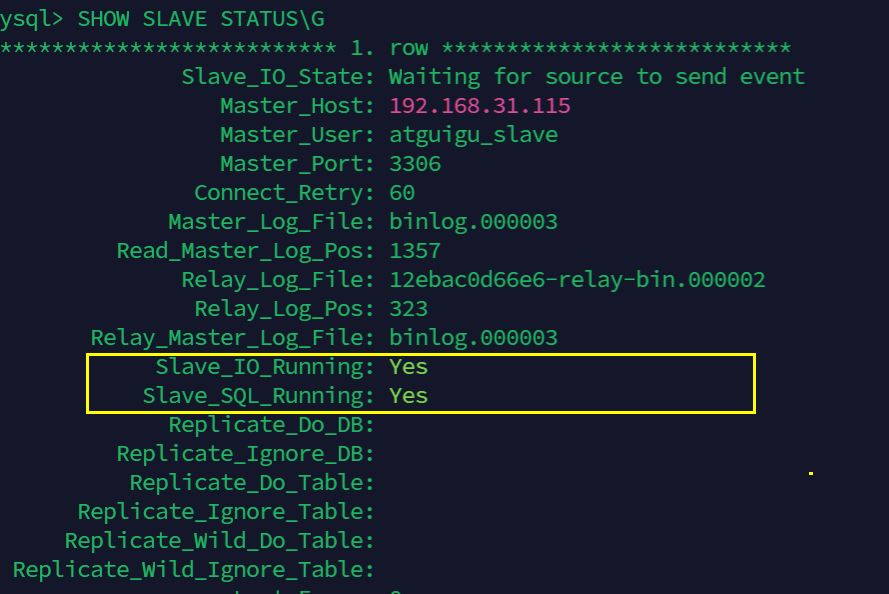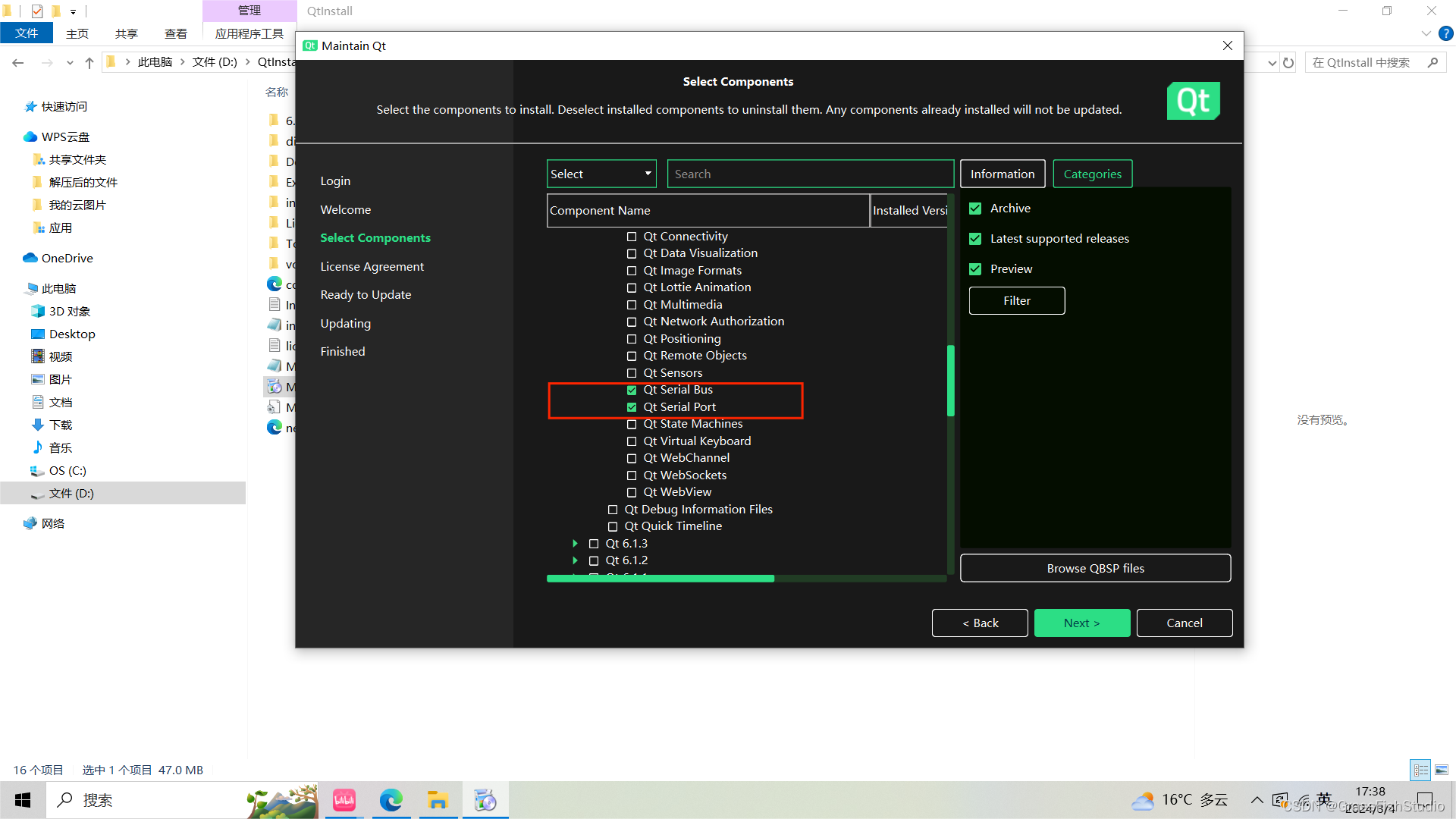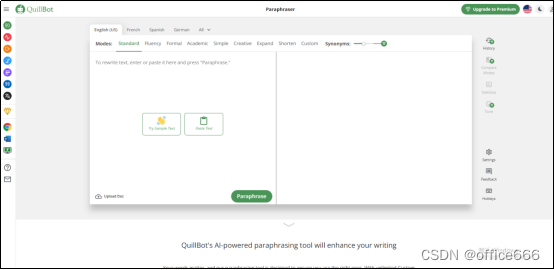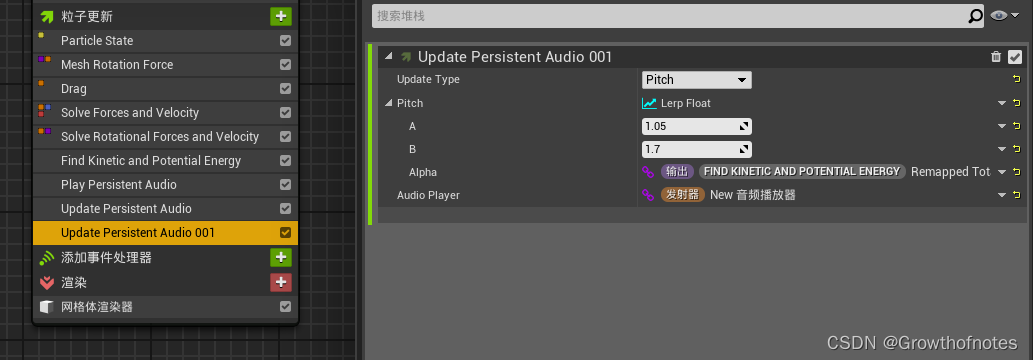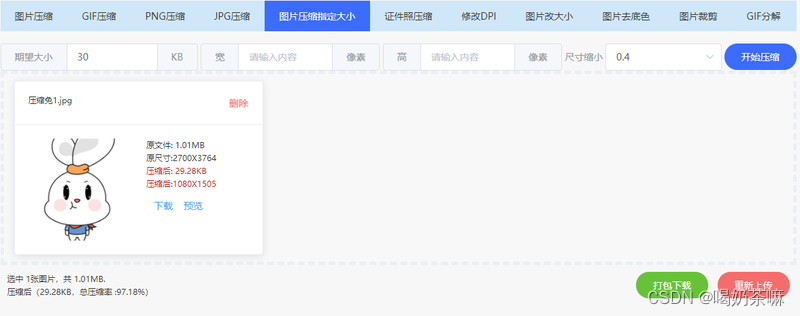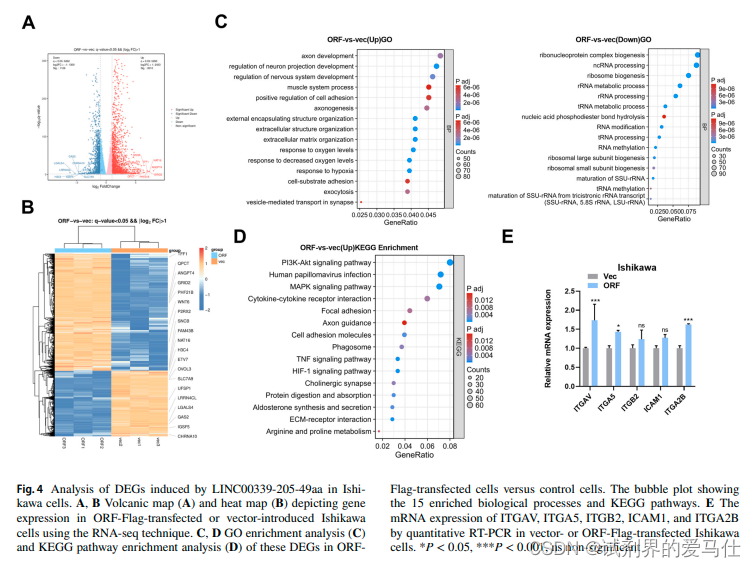目录
a.232.用栈实现队列
b. 225. 用队列实现栈
a.232.用栈实现队列
题目链接
请你仅使用两个栈实现先入先出队列。队列应当支持一般队列支持的所有操作(push、pop、peek、empty):
实现 MyQueue 类:
void push(int x)将元素 x 推到队列的末尾int pop()从队列的开头移除并返回元素int peek()返回队列开头的元素boolean empty()如果队列为空,返回true;否则,返回false
说明:
- 你 只能 使用标准的栈操作 —— 也就是只有
push to top,peek/pop from top,size, 和is empty操作是合法的。 - 你所使用的语言也许不支持栈。你可以使用 list 或者 deque(双端队列)来模拟一个栈,只要是标准的栈操作即可。
示例 1:
输入: ["MyQueue", "push", "push", "peek", "pop", "empty"] [[], [1], [2], [], [], []] 输出: [null, null, null, 1, 1, false] 解释: MyQueue myQueue = new MyQueue(); myQueue.push(1); // queue is: [1] myQueue.push(2); // queue is: [1, 2] (leftmost is front of the queue) myQueue.peek(); // return 1 myQueue.pop(); // return 1, queue is [2] myQueue.empty(); // return false
思路:栈后进先出,队列先进先出,使用栈来模式队列的行为,如果仅仅用一个栈,是一定不行的,所以需要两个栈一个输入栈,一个输出栈
在push数据的时候,只要数据放进输入栈就好,但在pop的时候,操作就复杂一些,输出栈如果为空,就把进栈数据全部导入进来(注意是全部导入),再从出栈弹出数据,如果输出栈不为空,则直接从出栈弹出数据就可以了。
最后如何判断队列为空呢?如果进栈和出栈都为空的话,说明模拟的队列为空了。
class MyQueue {
public:
stack<int> stIn;
stack<int> stOut;
MyQueue() {
}
//模拟入队得时候直接压进stIn栈
void push(int x) {
stIn.push(x);
}
//模拟出队:当stOut栈空时,将stIn栈顶元素依次压入stOut栈,并弹出stIn栈顶元素
//接着获取stOut栈顶元素并弹出,此时取得得元素就是队列头元素
//当当stOut栈非空时空时直接获取其栈1顶元素并弹出
int pop() {
if(stOut.empty()){
while(!stIn.empty()){
stOut.push(stIn.top());
stIn.pop();
}
}
int result=stOut.top();
stOut.pop();
return result;
}
//获取队头元素和出队只差了一个最后的stOut.pop()操作,
//这里调用pop()再将队头元素压回栈stOut即可
int peek() {
int peekNum =this->pop();
stOut.push(peekNum);
return peekNum;
}
//当两个栈都没有元素时队列才是空的
bool empty() {
return stIn.empty()&&stOut.empty();
}
};
/**
* Your MyQueue object will be instantiated and called as such:
* MyQueue* obj = new MyQueue();
* obj->push(x);
* int param_2 = obj->pop();
* int param_3 = obj->peek();
* bool param_4 = obj->empty();
*/
b. 225. 用队列实现栈
题目链接
请你仅使用两个队列实现一个后入先出(LIFO)的栈,并支持普通栈的全部四种操作(push、top、pop 和 empty)。
实现 MyStack 类:
void push(int x)将元素 x 压入栈顶。int pop()移除并返回栈顶元素。int top()返回栈顶元素。boolean empty()如果栈是空的,返回true;否则,返回false。
注意:
- 你只能使用队列的标准操作 —— 也就是
push to back、peek/pop from front、size和is empty这些操作。 - 你所使用的语言也许不支持队列。 你可以使用 list (列表)或者 deque(双端队列)来模拟一个队列 , 只要是标准的队列操作即可。
示例:
输入: ["MyStack", "push", "push", "top", "pop", "empty"] [[], [1], [2], [], [], []] 输出: [null, null, null, 2, 2, false] 解释: MyStack myStack = new MyStack(); myStack.push(1); myStack.push(2); myStack.top(); // 返回 2 myStack.pop(); // 返回 2 myStack.empty(); // 返回 False
思路:栈后进先出,队列先进先出,用队列模拟栈的行为,用一个队列即可:
入栈操作:用直接入队模拟;
出栈操作:将除最后元素外的队列前面的元素依次出队并入队尾,此时对头元素即为栈顶元素
class MyStack {
public:
queue<int> que;
MyStack() {
}
void push(int x) {
que.push(x);
}
int pop() {
int size =que.size();//获取队列长度
size--;//将最后一个元素前面的元素依次出队再加入队尾
while(size--){
que.push(que.front());
que.pop();
}
int result=que.front();//此时队头元素就是栈顶元素
que.pop();//获取队头元素后记得出队,因为栈的pop会弹出元素
return result;
}
int top() {
return que.back();
}
bool empty() {
return que.empty();
}
};
/**
* Your MyStack object will be instantiated and called as such:
* MyStack* obj = new MyStack();
* obj->push(x);
* int param_2 = obj->pop();
* int param_3 = obj->top();
* bool param_4 = obj->empty();
*/
参考链接:代码随想录 (programmercarl.com)
